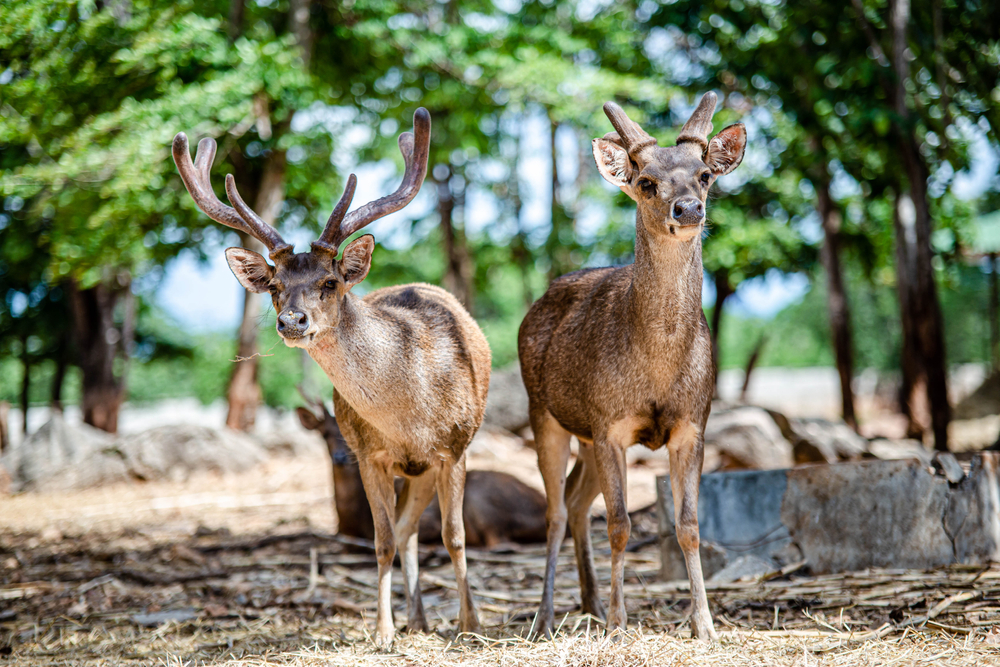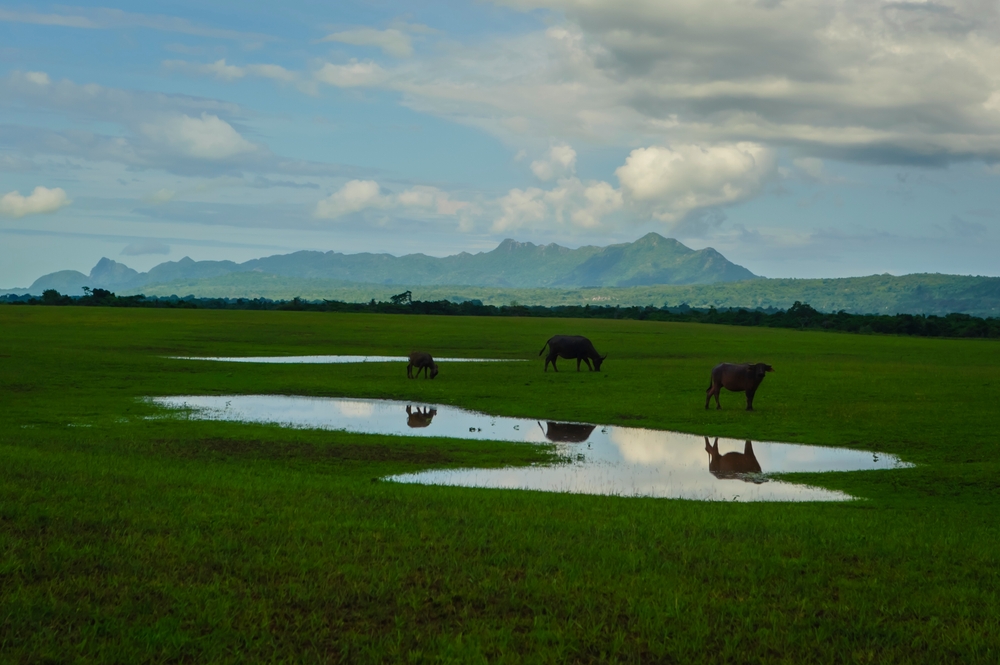Timor-Leste, a small but ecologically diverse nation in Southeast Asia, is home to two officially designated national parks that reflect its unique position at the crossroads of the Australasian and Indo-Malay biogeographical regions. Timor-Leste National Parks include two protected areas, Nino Konis Santana National Park and Kay Rala Xanana Gusmão National Park, that showcase the country’s rich natural heritage, ranging from coral reefs to mountainous rainforests. Together, they embody Timor-Leste’s commitment to protecting its biodiversity while addressing the challenges of conservation in a rapidly developing nation.
Nino Konis Santana National Park, the country’s first national park, is a biodiversity hotspot and a crucial refuge for endangered species. Located in the eastern part of the country, it encompasses terrestrial and marine ecosystems, including pristine beaches, dense tropical forests, and vibrant coral reefs. The park is part of the Coral Triangle, renowned for its extraordinary marine biodiversity, housing more than 600 species of reef fish and 360 species of coral. Birdlife is another highlight, with endemic and migratory species such as the critically endangered Timor green pigeon finding sanctuary here. This park also has significant cultural importance, as it includes ancient rock art sites that offer a glimpse into the history of Timor-Leste’s indigenous communities.
The recently established Kay Rala Xanana Gusmão National Park, located in the central highlands, focuses on protecting upland ecosystems and their associated wildlife. The park is characterized by its montane forests, grasslands, and dramatic landscapes that provide vital habitats for rare and endemic species, including the Timor sparrow and various reptiles. The park also serves as a watershed for several major rivers, ensuring water security for the surrounding communities.
Timor-Leste’s national parks are not just ecological treasures but also key areas for sustainable development and ecotourism. Visitors are drawn to the opportunities for snorkeling, diving, and trekking, with local guides offering insights into the region’s natural and cultural history. However, conservation in Timor-Leste faces significant challenges, including deforestation, illegal fishing, and climate change. Addressing these issues requires robust management, community engagement, and international cooperation.
Despite these hurdles, Timor-Leste has achieved notable conservation successes. Community-based initiatives have played a pivotal role in reducing destructive practices and promoting sustainable livelihoods. In Nino Konis Santana National Park, for instance, local partnerships have helped protect critical nesting sites for sea turtles, while coral reef restoration projects are showing signs of recovery. These efforts underline the resilience and dedication of the Timorese people in preserving their natural heritage for future generations.
Timor-Leste’s national parks are vital to the nation’s environmental, cultural, and economic well-being. They exemplify the country’s efforts to balance development with conservation, offering a window into one of Southeast Asia’s most unspoiled and enchanting landscapes.












































































